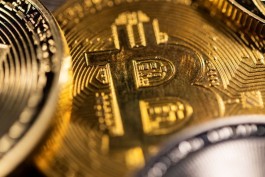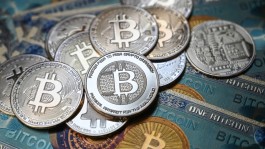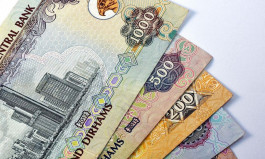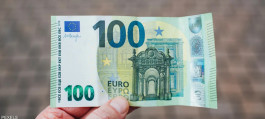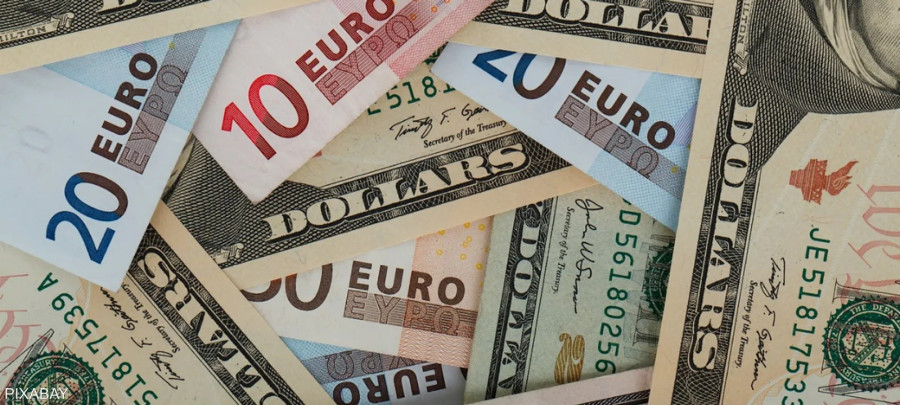The euro rose in the European market on Thursday against a basket of global currencies, expanding its gains for the second day in a row against the pound sterling, recording the highest level in three weeks, due to current expectations about the next step from the central banks in Europe and the United Kingdom.
According to these expectations, the Bank of England will begin reducing interest rates before the European Central Bank, so the markets currently see a greater than 50% chance of reducing British interest rates by about 25 basis points during March 2024.
Euro exchange rate against the British pound
The euro rose against the British pound by 0.25% to 0.8677, the highest since last November 28, from today’s opening price of 0.8657, and recorded the lowest level at 0.8646.
Yesterday, the euro achieved a 0.4% rise against the pound, the second gain in the last three days, due to inflation data in the United Kingdom.
European Central Bank
After the European Central Bank meeting last week, and with a succession of more stringent comments from European monetary policy makers, the possibilities of cutting interest rates in the euro zone during the first half of next year diminished.
Markets expect the European Central Bank to begin easing monetary policy and lowering European interest rates at the beginning of the third quarter, which means that the European Central Bank will move later than its counterparts in the United States and Britain.
Bank of England
Data released yesterday in London showed that consumer prices fell in November to the lowest level in two years, reducing inflationary pressures on monetary policy makers at the Bank of England.
UK interest rate swaps show a greater than 50% chance of a Bank of England rate cut by March 2024, and the swaps also show that the first BoE rate cut is fully priced in by May 2024.
Interest rate gap
The current gap in interest rates between the United Kingdom and Europe is at 75 basis points, the smallest gap since March 2022, in favor of the British interest rate. The emergence of any evidence about reducing that gap during the coming period will favor a rise in the euro’s exchange rate against the pound, and vice versa.

















